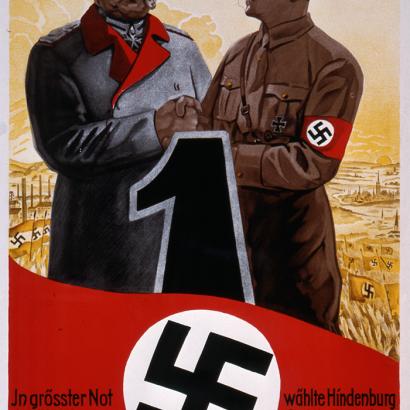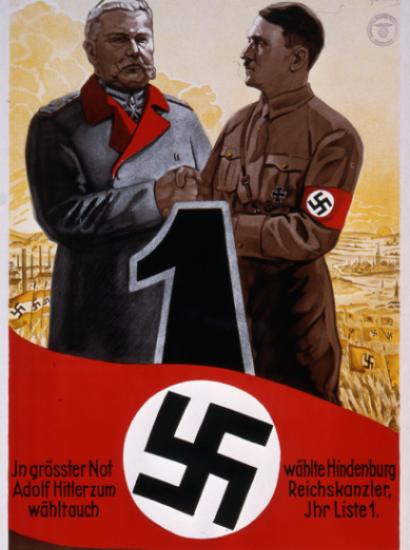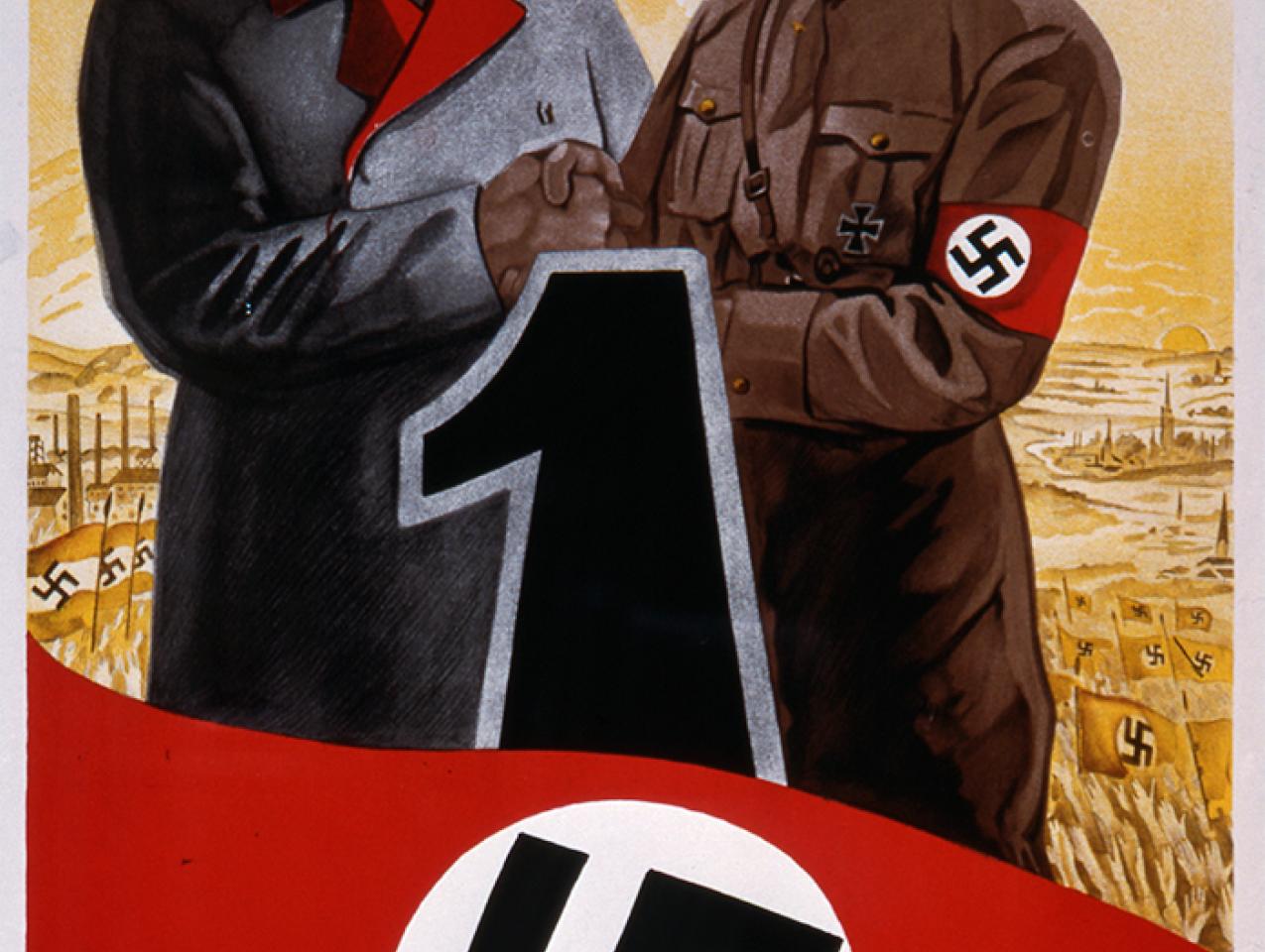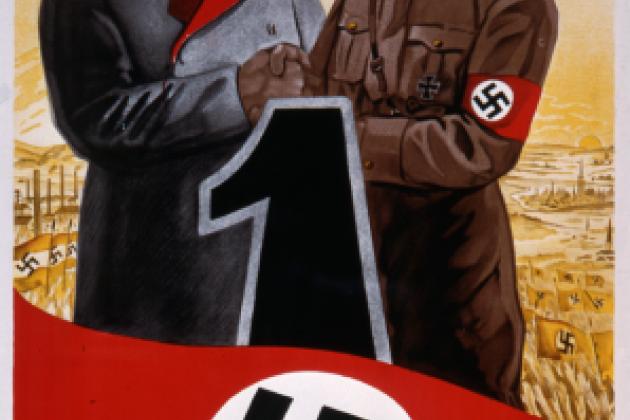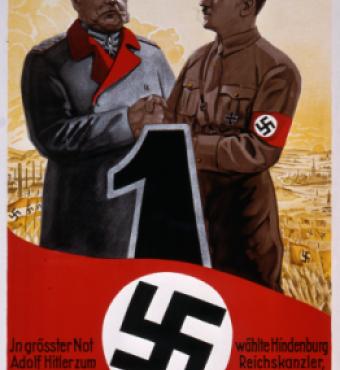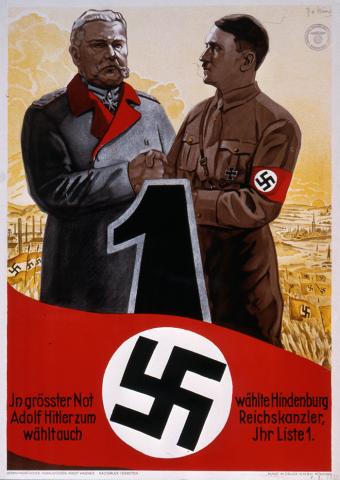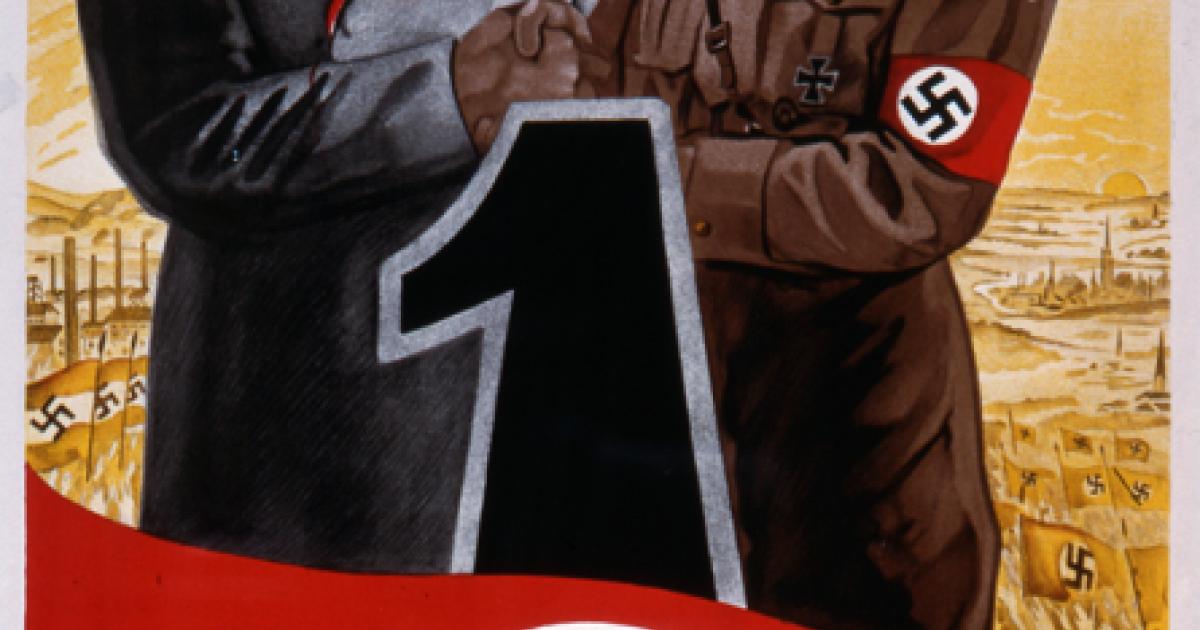- History
- Military
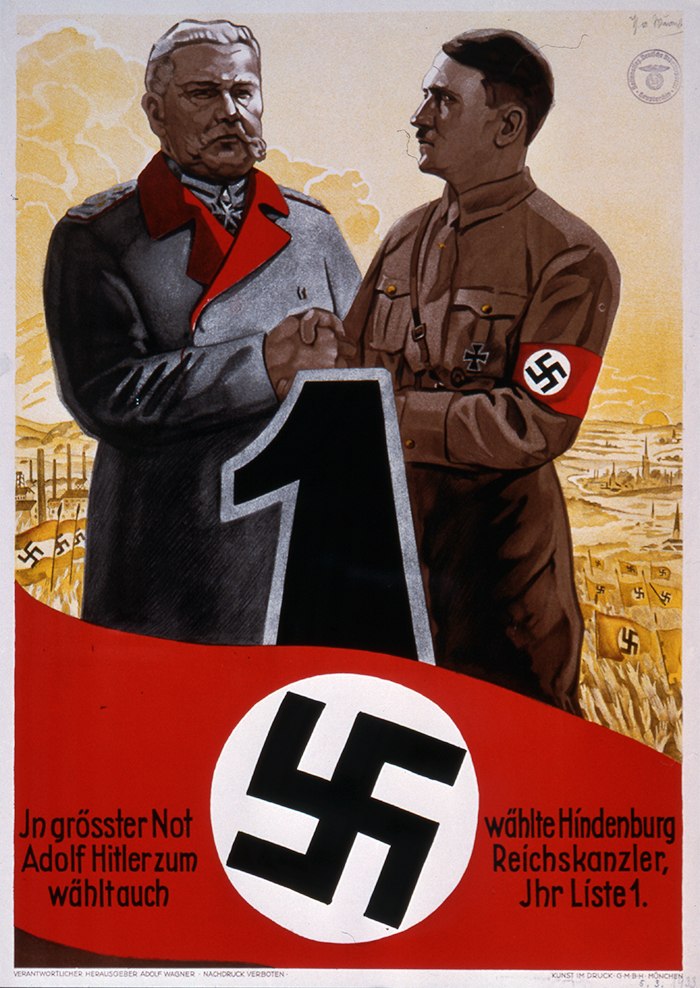
Today the world celebrates one of the final centenarian milestones of the Great War, the signing by the victorious Allied Powers and defeated Germany of the Treaty of Versailles, which brought to an end the First World War. Although U.S. President Woodrow Wilson had hoped to conclude a peace based on his “14 Points” speech to Congress delivered on January 8, 1918, the blood debt incurred by the allies made such an idealistic peace impossible. Allied politicians had to justify to their constituencies the slaughter of a generation of young men in the trenches. One way to do this, in their eyes, was to ensure German militarism would never rise again.
The victorious powers engineered a peace intended to do just that. They limited the German armed forces to just 100,000 men without tanks, aircraft, battleships, or submarines. Germany lost territory in the east to Poland, all of its colonies, as well as Alsace and Lorraine, which reverted to French sovereignty as had been the case before that nation’s defeat in the Franco-Prussian War in 1870-1871. For more than a decade, contingents of Allied troops occupied the Rhineland, which was otherwise to remain a demilitarized zone. Perhaps most critically, the Allied Powers demanded that German representatives agree to Article 231, which blamed Germany for starting the war and therefore saddled it with repaying losses and damages incurred in the course of the fighting. These extensive reparations hamstrung the Germany economy and were responsible for a bout of hyperinflation that hit hardest the German middle class, leading to the rise of extreme political movements.
Wilson pinned his hopes on the creation of a League of Nations, an international body that would arbitrate international disputes. But although the League came into being, the United States would never join it. Wilson lobbied hard for ratification, but a stroke sidelined him in the summer of 1919 at the height of the debate. In the end the U.S. Senate refused to ratify the Treaty of Versailles, and instead the United States signed separate peace treaties with the defeated Central Powers.
In Germany, an insidious Dolchstosslegende, or “Stab in the Back Myth,” arose, which insinuated that the Imperial German Army had not been defeated in the field, but instead had been “stabbed in the back” by Communists, Socialists, and Jews who had fomented revolution in Berlin as the soldiers at the front remained at their posts. This was of course complete rubbish; after the army suffered crippling losses from August through October 1918, German General Erich Ludendorff had insisted that the government secure an immediate armistice to save the army from destruction. But the Allied Powers made the mistake of not insisting that senior German military leaders, Field Marshal Paul von Hindenburg and his partner Ludendorff, sign the treaty. Instead, the German body politic never forgave the civilian politicians who did sign, thus hobbling the Weimar government from its outset.
The promotion of Adolf Hitler to chancellor in 1933 led directly to Germany overturning the Treaty of Versailles. German rearmament and Hitler’s territorial demands, not to mention his ideology and genocidal ethnic policies, resulted in the outbreak of the Second World War in Europe on September 1, 1939. The “War to End All Wars” had proven but the first part of a greater conflict, which finally ended in May 1945 with the annihilation of the German armed forces and the occupation of the entire country. This time, however, Allied leaders insisted that German military leaders sign the instruments of unconditional surrender, the first step in the long road to the creation of a more stable European order.







